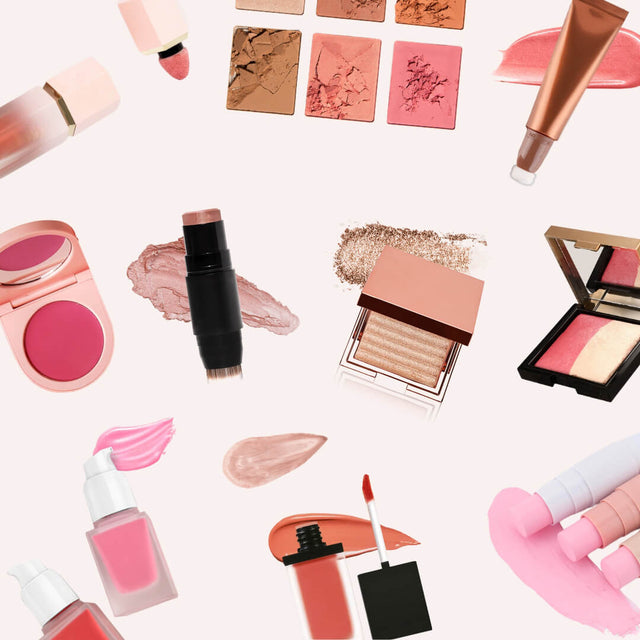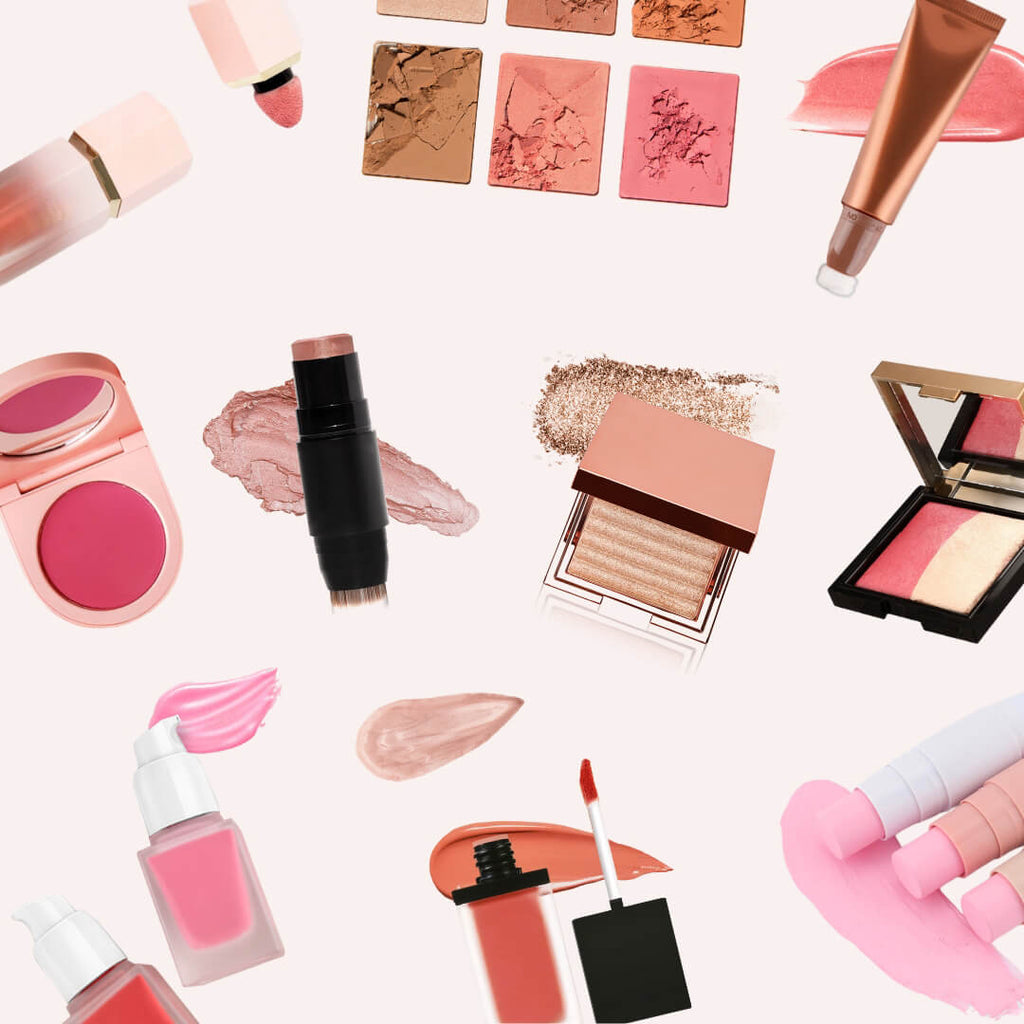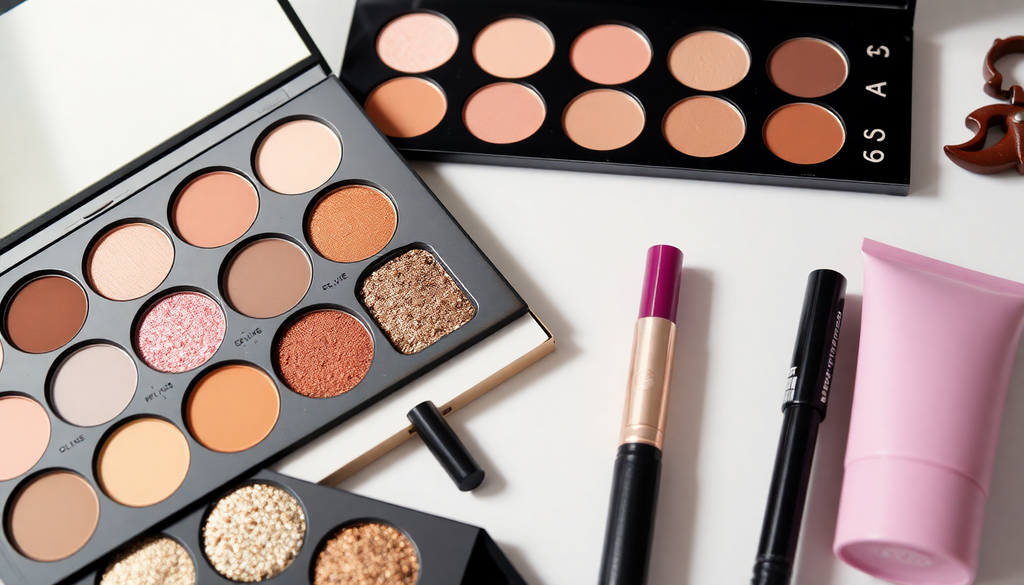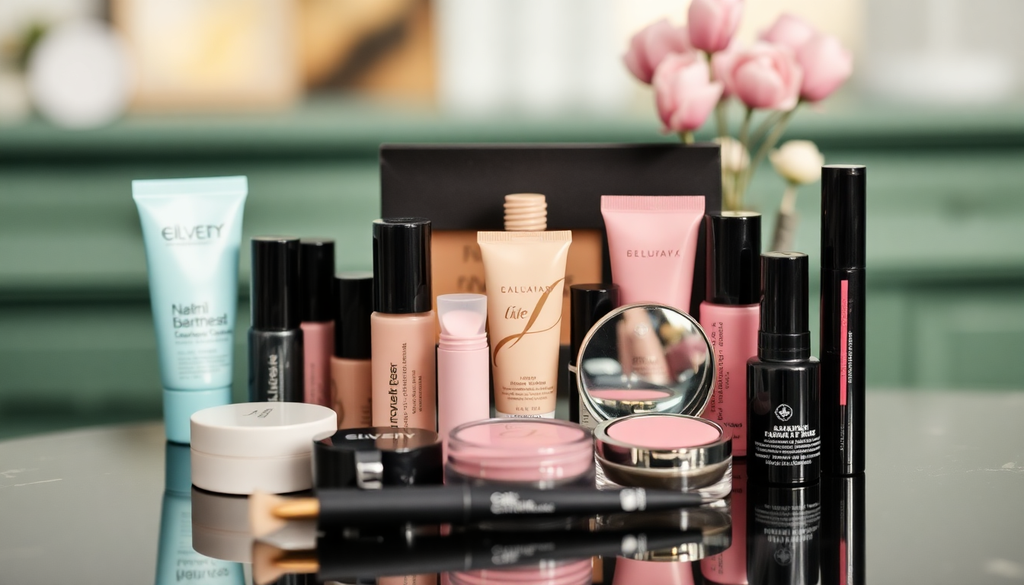
Unlocking the Secrets to Launching Your Makeup Brand: A Step-by-Step Guide to Global Markets and Trendy Innovations in 2025
Introduction
Starting a makeup brand in 2025 is an exhilarating journey filled with opportunities. With the rise of e-commerce and social media, the beauty industry is evolving rapidly. In this comprehensive guide, we will explore essential steps, global markets, and trendy innovations to help you successfully launch your makeup brand.
Step 1: Understanding Global Markets
Before diving into your makeup brand, it's important to understand the various global markets and their unique characteristics. Each market has its own consumer preferences, regulatory environments, and competitive landscapes, which you must navigate carefully.
- North America: This market is characterized by a high demand for cruelty-free and vegan products. Consumers are increasingly conscious of ethical considerations and sustainability. Regulations require proper labeling, including ingredient lists, allergen warnings, and proper product claims. Popular trends include multi-functional products and minimalistic packaging.
- Europe: The EU has strict regulations on cosmetics, including the Cosmetics Regulation (EC) No 1223/2009. This means that all products must undergo safety assessments and be registered before they can be marketed. Trends such as clean beauty, which emphasizes non-toxic ingredients, and sustainable packaging are gaining traction. Consumers are also drawn to brands with a strong ethical stance.
- Asia-Pacific: Markets like South Korea and Japan are trendsetters, focusing on innovative formulations and packaging. K-beauty is notable for its emphasis on skincare-makeup hybrids and unique textures. It’s essential to stay updated on local regulations, as products often undergo rigorous testing and certification. Additionally, there’s a growing interest in eco-friendly and sustainable products.
- Latin America: Countries like Brazil and Mexico are experiencing growth in the beauty sector, with a particular emphasis on inclusivity and diversity in product offerings. Brazil has specific import regulations and requires compliance with ANVISA, including local testing. Trends in this market include vibrant colors and bold looks, appealing to a youthful demographic.
- Middle East: The beauty market in the Middle East is rapidly growing, with a focus on luxury and high-quality products. Familiarize yourself with local customs and regulations as they can vary significantly. Consumers in this region often seek products that cater to their specific skin tones and textures. Additionally, there is an increasing demand for halal-certified cosmetics.
Step 2: Navigating Cosmetics Labeling Information
Different countries have various labeling requirements that you must adhere to. Here are key points to consider when developing your product labels:
- Include a complete ingredient list in descending order by weight, ensuring transparency for consumers.
- Clearly specify the net weight of the product, along with any applicable certifications (e.g., cruelty-free, organic).
- Ensure that any claims made (e.g., hypoallergenic, non-comedogenic) are substantiated by appropriate testing to avoid legal ramifications.
- In some countries, additional information such as batch numbers and expiration dates may be required.
- Consider the language requirements; labels may need to be translated into the official language(s) of the country where the product will be sold.
Step 3: Import Policies and Certifications
Understanding import policies is crucial for international success. Different countries have specific import regulations that can affect your product launch:
- Research tariffs and duties for your target markets to understand the financial implications of exporting your products.
- Obtain necessary certifications, such as ISO (International Organization for Standardization) or GMP (Good Manufacturing Practice), to build credibility and trust with consumers.
- Familiarize yourself with import regulations specific to each region, including any necessary inspections or approvals required before your products can enter the market.
- Consider working with a local partner or distributor who understands the regulatory landscape and can assist with navigating customs and importation processes.
Step 4: Setting Up Your Online Store
Creating an engaging online presence is vital for your makeup brand. Here are essential steps to establish a successful online store:
- Choose an E-commerce Platform: Select an e-commerce platform that suits your needs (e.g., Shopify, WooCommerce). Consider factors such as ease of use, scalability, and available features.
- Design a Visually Appealing Website: Your website should reflect your brand identity and provide a seamless user experience. Invest in high-quality images and engaging content to showcase your products effectively.
- Optimize for SEO: Optimize your store for search engines by using relevant keywords in product descriptions, meta tags, and blog content. This will help increase your visibility and drive traffic to your site.
- Implement a Secure Payment System: Ensure that your online store offers secure payment options to build trust with your customers. Consider integrating popular payment gateways such as PayPal, Stripe, or local payment options specific to your target market.
- Mobile Responsiveness: With an increasing number of consumers shopping via mobile devices, ensure that your website is mobile-responsive and provides a seamless experience across all devices.
Step 5: Marketing Your Makeup Brand
To stand out in a competitive market, consider the following marketing strategies:
- Social Media Marketing: Leverage platforms like Instagram, TikTok, and Pinterest to showcase your products and engage with your audience. Create visually appealing content that resonates with your target demographic.
- Influencer Collaborations: Partnering with beauty influencers can help you reach a broader audience and build credibility. Look for influencers whose values align with your brand and who have a genuine connection with their followers.
- Content Marketing: Create valuable content, such as tutorials, beauty tips, and behind-the-scenes insights, to attract potential customers and establish your brand as an authority in the beauty space.
- Email Marketing: Build an email list to keep your audience informed about new product launches, promotions, and beauty tips. Personalize your email campaigns to enhance engagement and drive sales.
- Search Engine Marketing (SEM): Consider investing in paid advertising, such as Google Ads or social media ads, to increase your brand's visibility and drive traffic to your online store.
Trendy Innovations in the Makeup Industry
Staying ahead of the competition requires embracing current trends. Here are some of the most significant innovations in the makeup industry:
- Clean Beauty: Consumers are gravitating towards products with natural ingredients and sustainable practices. This trend emphasizes transparency and ethical sourcing.
- Personalization: Offering customizable products that cater to individual preferences is becoming increasingly popular. Consider allowing customers to create their own shades or formulations.
- Augmented Reality (AR): Utilize AR technology for virtual try-ons, enhancing the shopping experience. Many brands are implementing AR features to allow customers to visualize how products will look on them before purchasing.
- Inclusive Product Ranges: As diversity and inclusivity become more important to consumers, brands are expanding their shade ranges to cater to a wider array of skin tones and types.
- Biodegradable Packaging: With the growing concern about environmental impact, innovative packaging solutions that are biodegradable or recyclable are gaining popularity.
Step 6: Building Your Brand Identity
Your brand identity is crucial for standing out in the crowded beauty market. Here are steps to develop a strong brand identity:
- Define Your Brand Values: Determine what your brand stands for. Are you focused on sustainability, inclusivity, or luxury? Clearly communicate these values in all your marketing efforts.
- Create a Unique Brand Aesthetic: Develop a cohesive visual identity, including your logo, color palette, and packaging design. Consistency in aesthetics helps customers recognize and remember your brand.
- Develop a Brand Story: Share your journey, mission, and what inspires your products. A compelling brand story can create an emotional connection with your audience.
- Engage with Your Community: Build a loyal customer base by engaging with your audience on social media, responding to feedback, and fostering a sense of community around your brand.
Step 7: Monitoring Trends and Adapting
The beauty industry is fast-paced and ever-changing. To maintain relevance, it's crucial to monitor trends and adapt your strategies accordingly:
- Follow Industry News: Stay informed about the latest trends, innovations, and consumer preferences in the beauty industry through publications, blogs, and social media.
- Engage with Your Audience: Regularly solicit feedback from your customers to understand their needs and preferences. This can help you identify areas for improvement and new product ideas.
- Experiment and Innovate: Don’t be afraid to test new products, formulations, or marketing strategies. Innovation can set your brand apart from the competition.
Conclusion
Launching a makeup brand in 2025 requires careful planning, understanding of global markets, and a keen eye for trends. By following this step-by-step guide, you can unlock the secrets to building a successful makeup brand that resonates with consumers worldwide. Embrace innovation, stay compliant with regulations, and let your creativity shine! With determination and the right strategies, your brand can make a significant impact in the beauty industry.




